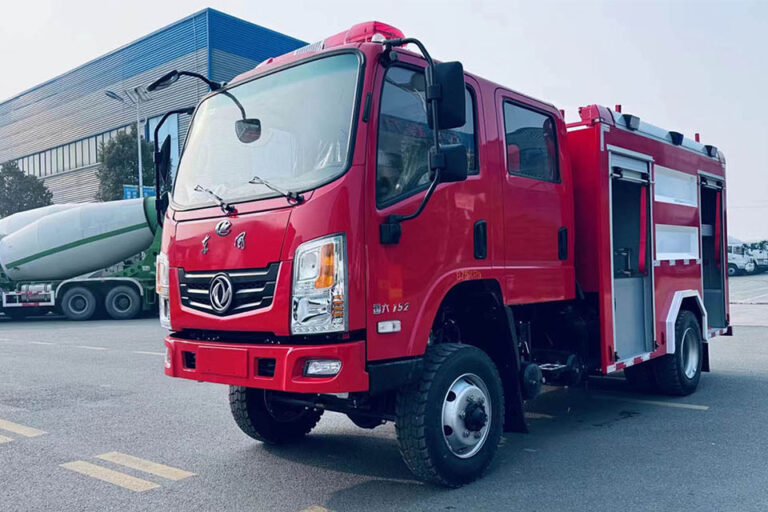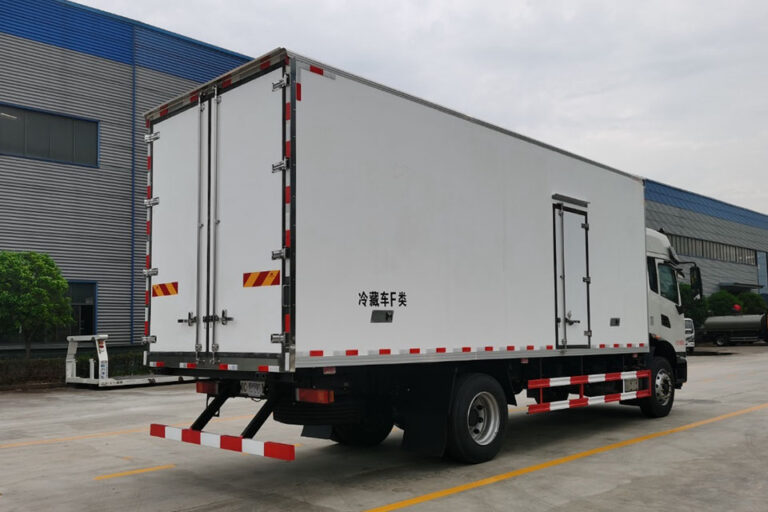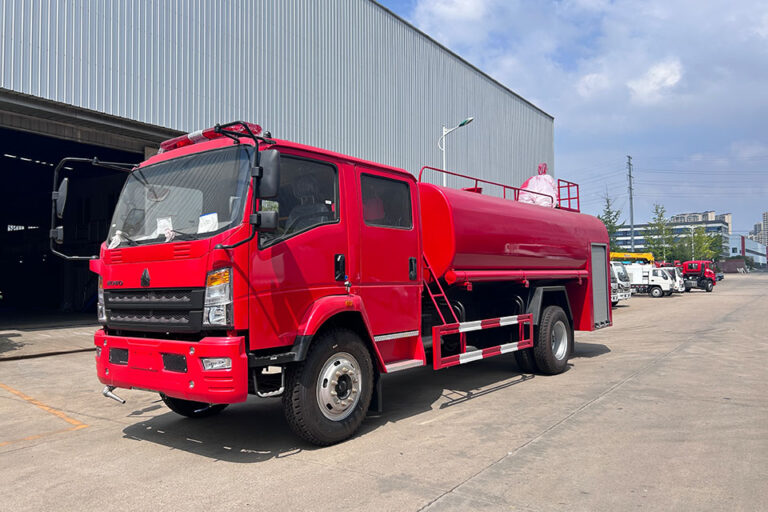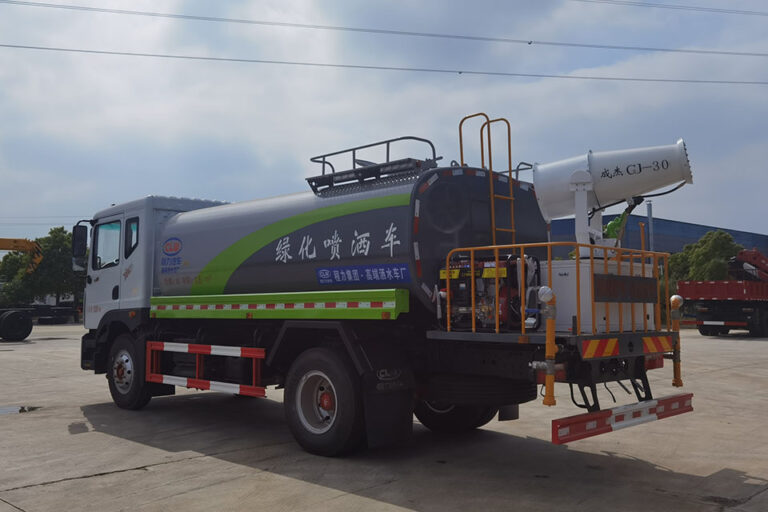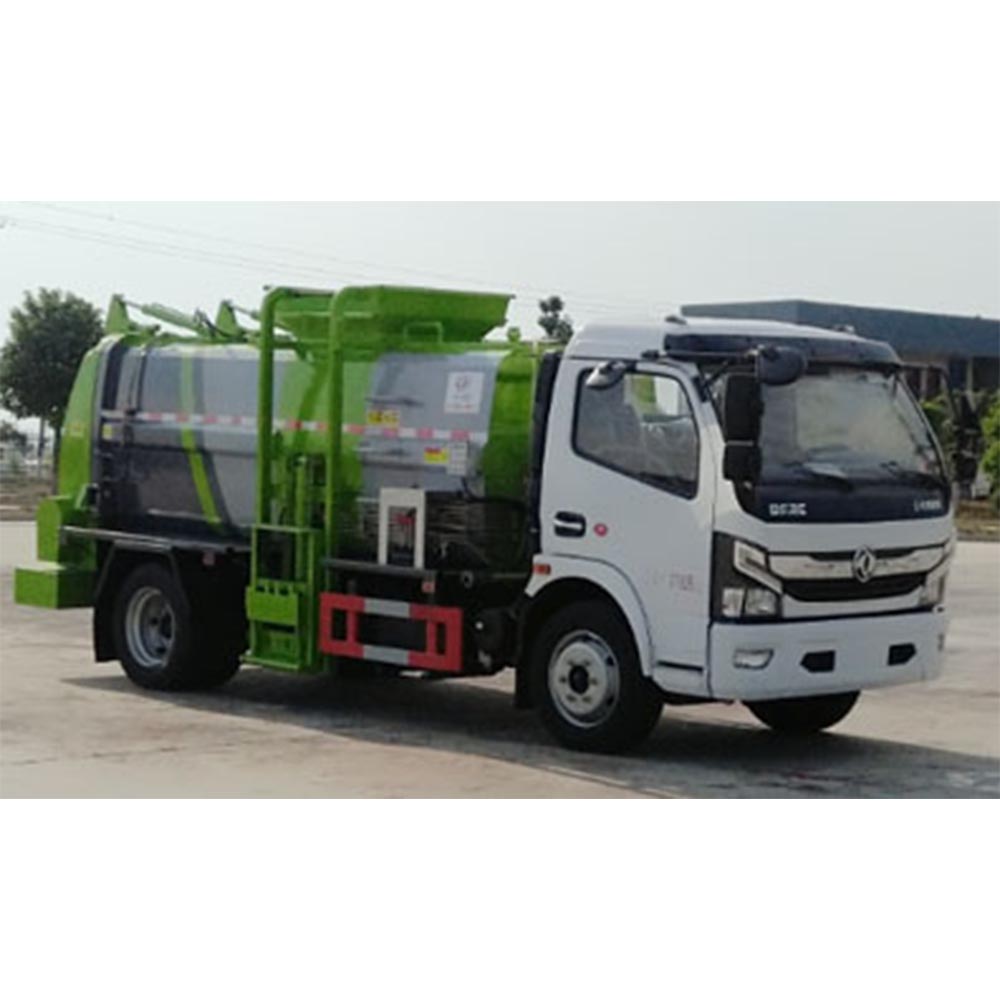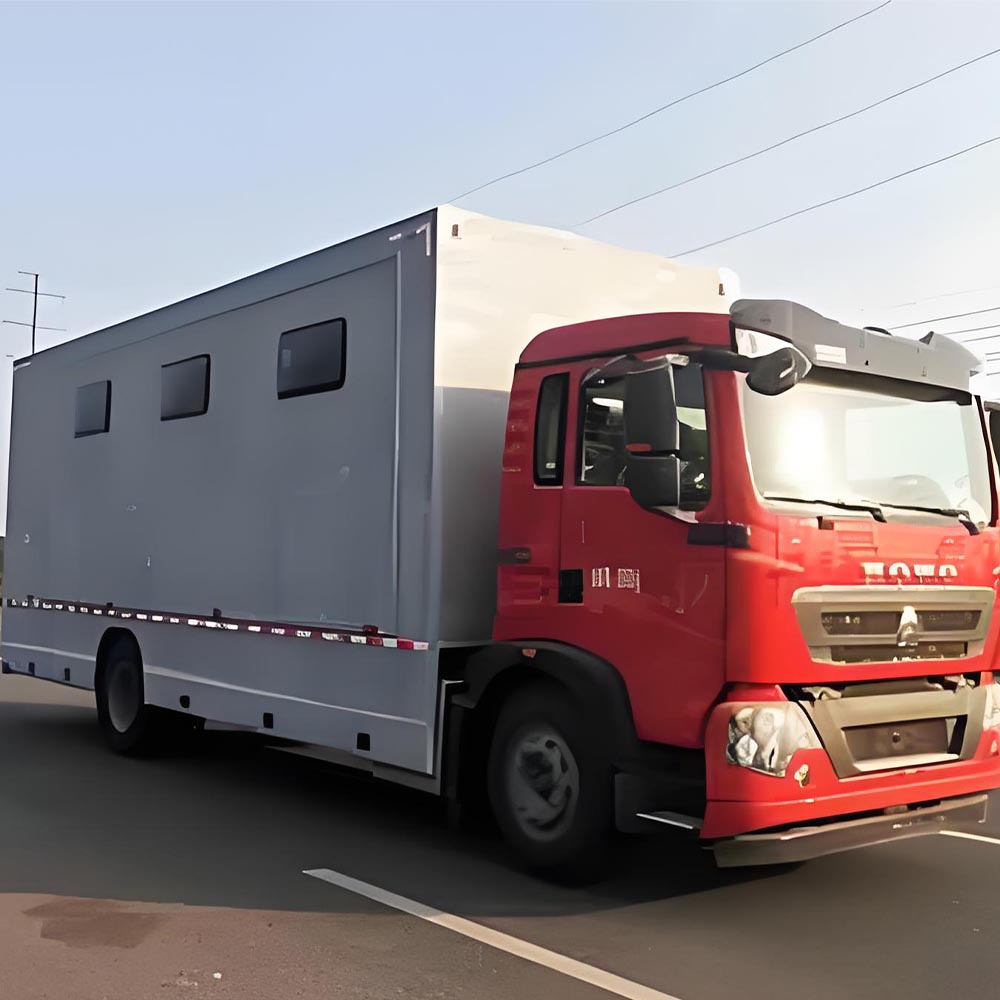-
Chengli Automobile Industry Park

What are the concrete mixer truck structure parts?
Understanding Concrete Mixer Truck Structure Parts
When we see concrete mixer trucks on the road, we may not think about what makes them work. But these big trucks have many important parts. Let’s learn about these parts in simple words.
Table of Contents
Why Knowing About Concrete Mixer Truck Parts Matters
Concrete mixer trucks help build our homes, schools, and roads. When we know the parts of these trucks, we can:
- Make sure they work well
- Fix them when they break
- Keep workers safe
- Save money on repairs
These big trucks mix concrete and take it to where we need it. Let’s look at all the parts that make this happen.
Main Parts of a Concrete Mixer Truck
1. The Truck Base
The truck chassis is like the body of the truck. It holds all the other parts. Think of it as the skeleton of the mixer truck.
- Frame structure – The strong metal base
- Front axle – Helps the truck turn
- Rear axle – Carries most of the weight
- Wheels and tires – Help the truck move on roads
A good chassis can hold up to 58,740 lbs when fully loaded with concrete!
2. The Mixing System
The mixing drum is the heart of the truck. It’s the big round part you see turning. The drum:
- Holds the concrete
- Keeps mixing it so it doesn’t get hard
- Has blades inside that mix everything well
| Part | What It Does | Interesting Fact |
|---|---|---|
| Mixing Drum | Holds and mixes concrete | Urethane liners make drums last 40% longer |
| Spiral Blades | Mix concrete materials | Special designs improve mixing by 20% |
| Drum Liners | Protect against wear | Cost $65-$500 to replace |
Did you know? Some mixer drums can hold up to 12 cubic yards of concrete. That’s enough to make a driveway for a big house!
The drum connects to the Dump Truck chassis using a strong subframe.
Concrete Mixer Truck Parts
Key Component Breakdown
Component Failure Rates
Maintenance Cost Reduction
3. Moving Power System
The hydraulic system makes the drum turn. It has:
- Hydraulic pumps – Push oil through pipes
- Motors – Make the drum spin
- Oil coolers – Keep oil from getting too hot
- Control valves – Tell the drum when to turn
The oil cooler helps the truck work in hot weather. Without it, the hydraulic oil might get too hot and not work right.
4. Water System
Concrete needs water to mix well. The water supply system has:
- Water tank – Holds clean water
- Water pump – Moves water to the drum
- Pipes and hoses – Take water where it needs to go
- Spray nozzles – Put water in the drum
This system helps make the concrete flow well. Too much water makes weak concrete. Too little makes concrete that’s hard to pour.
5. Loading and Unloading Parts
Getting concrete in and out of the truck is important. These parts help:
- Feeding system – Puts materials in the drum
- Discharge chute – Pours concrete out
- Chute control – Moves the chute where needed
Some trucks have automatic loading systems that can fill the truck from water sources nearby.
Smart Control Parts
The driver needs to control all these systems. The control system has:
- Control levers – Let the driver move parts
- Control panels – Show information
- Sensors – Check if things work right
Modern trucks have automated controls that can reduce concrete waste by 12%!
Special Helper Parts
Other important parts include:
- Support rollers – Help the drum turn smoothly
- Cleaning system – Keeps concrete from getting hard in the drum
- Drive chain – Connects the motor to the drum
- Roller bearings – Help parts move without friction
Misaligned rollers can cause big problems. One truck fleet in Texas lost 15% of work time because their rollers weren’t lined up right!
Types of Concrete Mixer Trucks
Not all concrete mixer trucks are the same. They come in different sizes:
- Small mixers – 3-4 yards of concrete
- Medium mixers – 6-9 yards of concrete
- Large mixers – 10-12 yards of concrete
- Extra large – Up to 15 yards of concrete
Bigger drums mean fewer trips to get more concrete, but they need stronger trucks to carry all that weight.
Some trucks pour from the back (rear discharge) and others from the front (front discharge). The Dump Truck is a cousin of the mixer truck, but it carries dirt instead of concrete.
Keeping Parts Working Well
To keep a concrete mixer truck working well, we need to:
- Check parts often – Look for wear or damage
- Clean the drum – Wash out old concrete
- Change oil and filters – Keep the hydraulic system happy
- Grease moving parts – Help them move smoothly
- Replace worn parts – Before they break
Using good parts can save money. One company in Missouri cut repair costs by 18% by using the right seals instead of cheap ones.
For help with truck parts, you might check out the Truck-Mounted Crane service team who also work on mixer trucks.
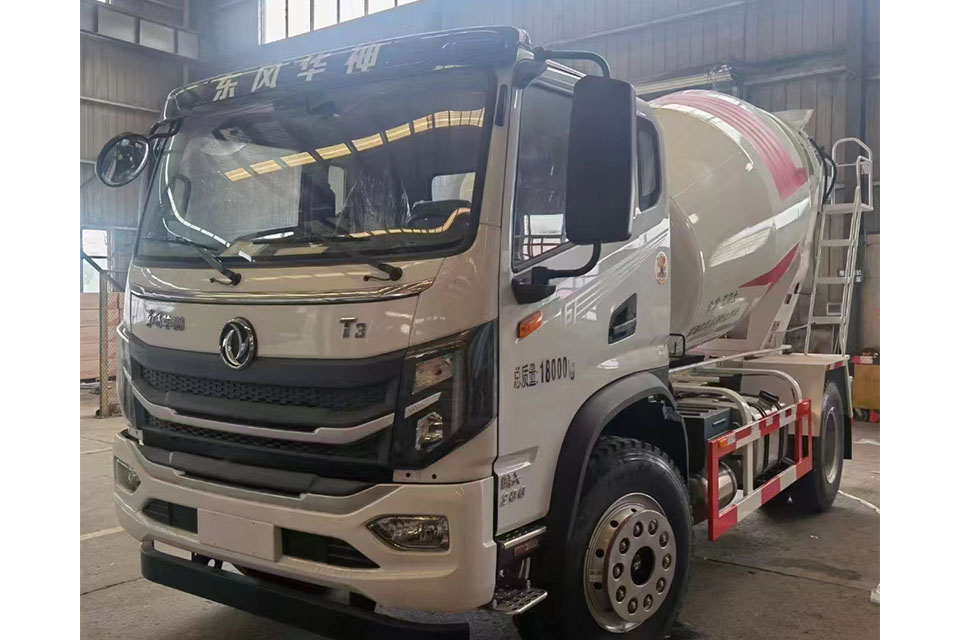
Questions People Ask
How long does a mixer drum last?
A mixer drum can last 3-10 years if you take good care of it. Using urethane liners can make it last longer.
Can old mixer trucks get new parts?
Yes! Many trucks get new hydraulic systems and drum liners to make them work like new again.
What makes the drum shake during work?
Usually, this happens when support rollers are worn out or the drum bearings need fixing.
Wrap-Up
Every part of a concrete mixer truck has an important job. From the big mixing drum to the small control levers, they all work together to mix and deliver concrete.
Taking good care of these parts means:
- Less time fixing trucks
- More time finishing jobs
- Better concrete quality
- Safer work sites
Now when you see a Concrete Mixer Truck on the road, you’ll know what makes it work!

